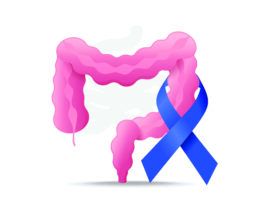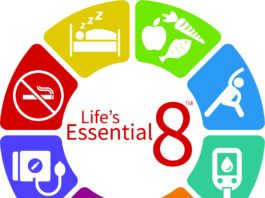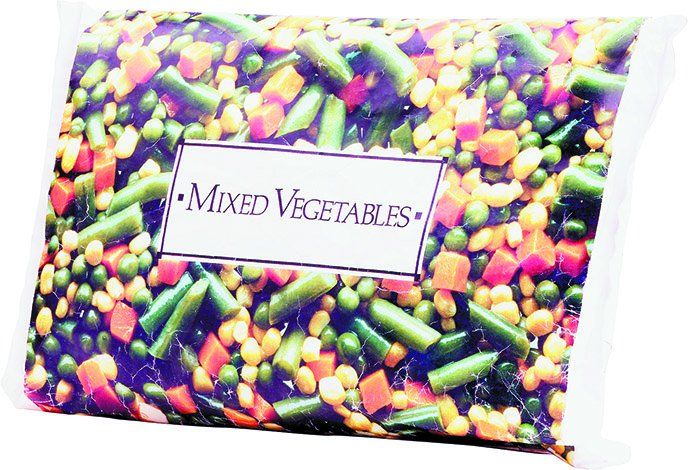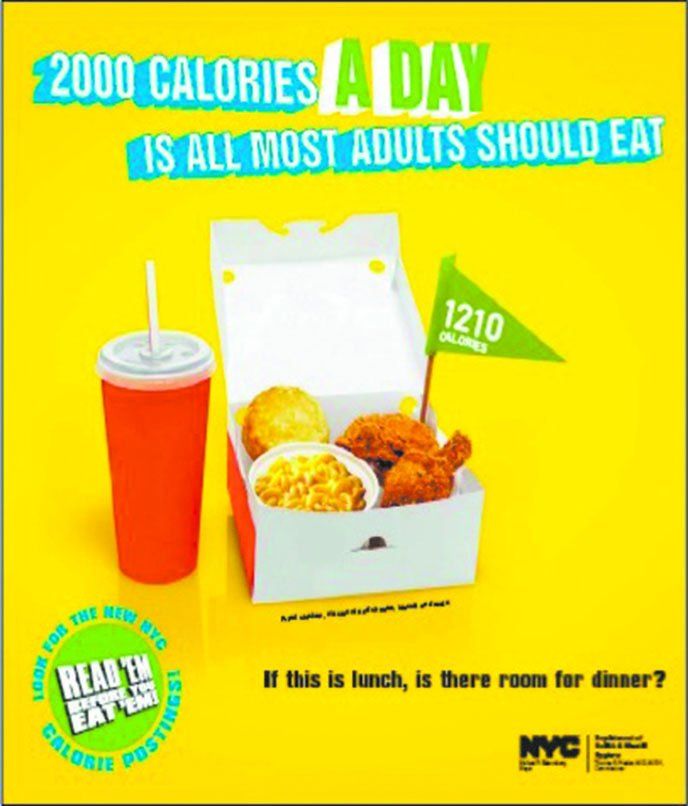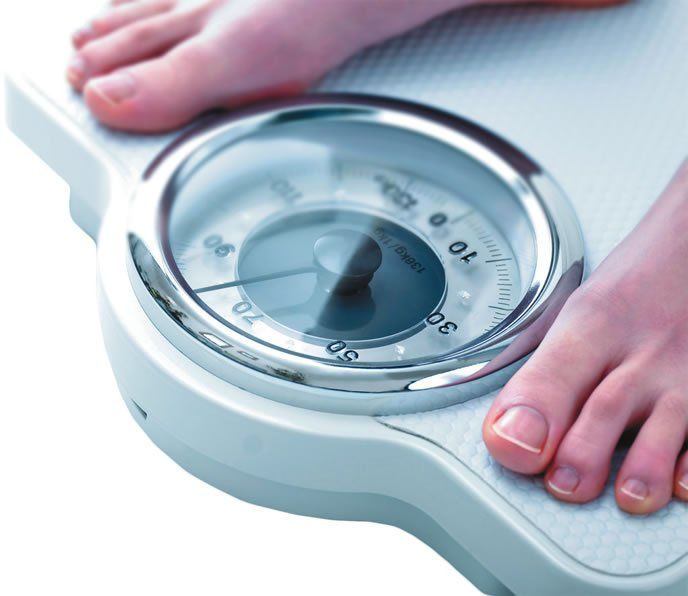Rethinking Protein Needs for Older Adults
Most of the soaring popularity of protein in US supermarkets can be dismissed as marketing hype. Although a new report from Packaged Facts says protein is currently the hottest functional food ingredient trend in the US, the truth is that most Americans get plenty of protein without any special dietary boosts.
Protein Basics
What exactly is protein? Some experts say its best to think of protein as a combination of up to 20 individual nutrients called amino acids, which are the building blocks of proteins and play various key roles in human metabolism.
Protein Power
Getting plenty of protein doesnt have to mean chowing down on a big, thick porterhouse. Leaner cuts of red meat are good protein sources, as are poultry, fish and plants (especially legumes).
The Pros and Cons of Processed Foods
You hear the term processed food thrown around a lot these days, but you have to use common sense, says Alice H. Lichtenstein, DSc, director of Tufts HNRCA Cardiovascular Nutrition Laboratory and executive editor of the Health & Nutrition Letter. Even though technically processed, pasteurized milk is safer than unpasteurized. Frozen produce, because its picked and frozen at the peak of freshness and processed quickly, is as nutritious as fresh or in many cases more so. And if the convenience of ripping open a bag of baby-cut carrots makes you more likely to snack on them instead of chips or cookies while preparing dinner, thats good fallout from processing.
Should You Take a Multivitamin?
Since the early 1940s, when multivitamin/mineral supplements first became available, Americans have popped countless such pills in hopes of nutritional insurance and making up for any dietary shortfalls. Today, more than one-third of all Americans take a multivitamin, and multivitamins alone account for more than 40% of all vitamin and mineral supplement sales-an estimated $5.4 billion annually. Yet the scientific evidence for the benefits of multivitamins is mixed at best, with large recent studies reporting no association between usage and better cardiovascular or cognitive health and only modest cancer protection.
Smart Strategies for Healthy Eating Out
For the first time, Americans are spending more money eating out at restaurants than buying food in grocery stores. According to the US Census Bureau, consumer spending at restaurants narrowly edged grocery-store purchases in December 2014, $50.4 billion to $50.2 billion. That tiny gap has widened, with restaurant spending exceeding groceries by nearly 3% as of April. Factors driving the switch included an increasing trend to buying groceries in warehouse and club stores, with cheaper prices, and lower gas prices freeing up funds for eating out. The total doesnt include ready-to-eat dishes purchased at upscale supermarkets, which further diminish what were cooking from scratch.
Smart Choices Key to Keeping Pounds Off as You Age
Popular coverage of diet and weight-loss strategies often summarizes the bottom line with a twist on President Bill Clintons campaign mantra, Its the economy, stupid. When it comes to managing your weight, as this line of thinking goes, Its the calories, stupid.But a new study published in the American Journal of Clinical Nutrition challenges this conventional wisdom. It builds on earlier work that suggests all calories are not the same, says Dariush Mozaffarian, MD, DrPH, dean of Tufts Friedman School and senior author of the study. All foods have complex mechanisms that help or hinder weight long-term. The simple math of calories in versus calories burned is true if youre testing food in a test tube. But human beings are not just inert buckets to put calories in.
Should You Eat Like a Caveman?
Not since the TV-cartoon heyday of Fred Flintsones modern Stone Age family have cavemen been so in vogue. The Paleo Diet, a book by Loren Cordain, PhD, has been a bestseller since it was first published in 2002, and it has spawned a pile of cookbooks and a glossy magazine devoted to modern day primal living. A Google search for Paleo diet retrieves 7.7 million hits. Actor Chris Pratt credits the Paleo diet for getting him in shape to star as the buff hero in the Guardians of the Galaxy movie.
Which Should You Choose?
Reduced sodium or low sodium-The term reduced means a product has 25% less sodium than the same food with a normal amount, so a reduced sodium choice is better than a conventional one. But even reduced sodium foods may be higher in sodium than those labeled low sodium, which can contain no more than 140 milligrams per serving. A reduced sodium can of beans, for example, should contain 25% less than the 311 milligrams of sodium found in a serving-233 milligrams, more than the low sodium limit. Check the Nutrition Facts panel to see what youre really getting.
Meat Secrets
The USDA has specific rules governing the use of familiar terms such as fresh and free range when labeling meat and poultry products:



























